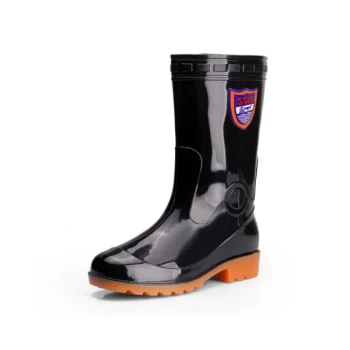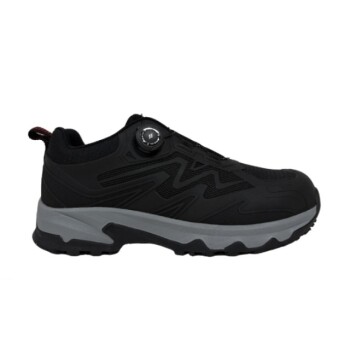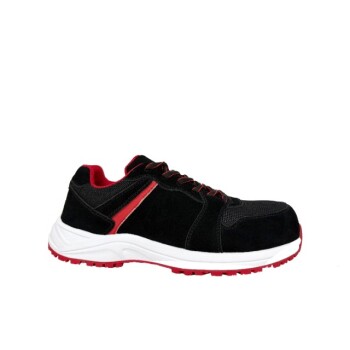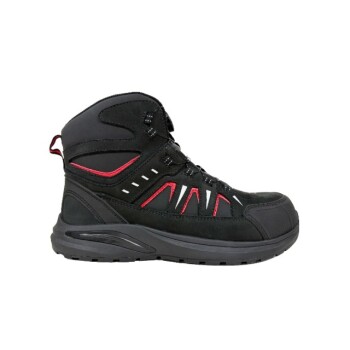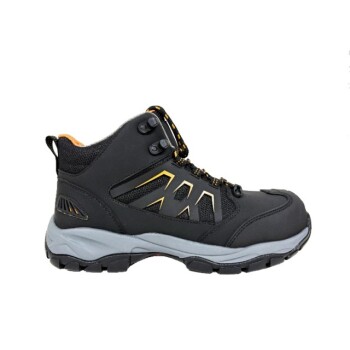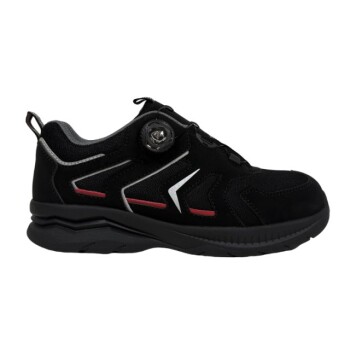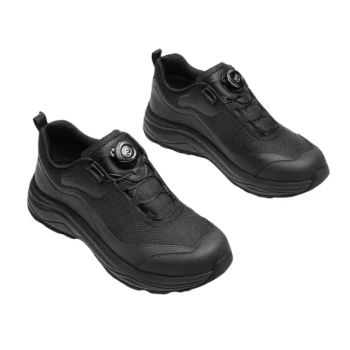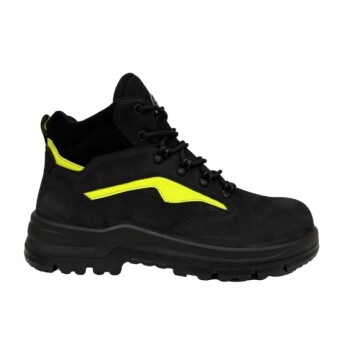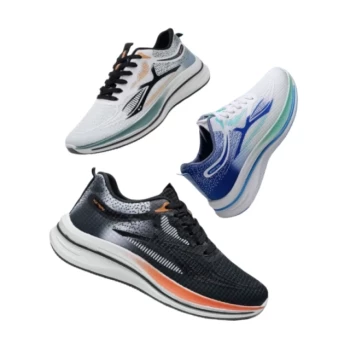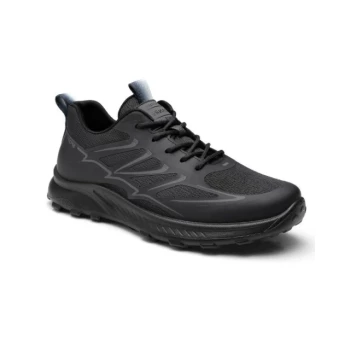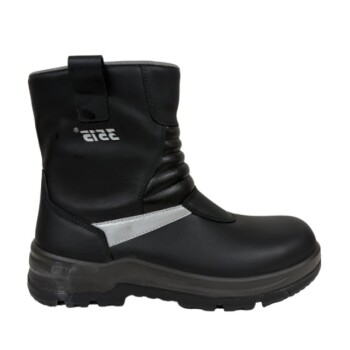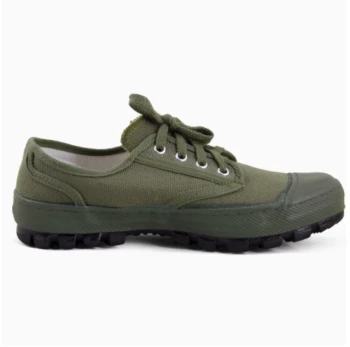Understanding your foot shape is the single most critical factor in choosing outdoor footwear that provides lasting comfort and prevents injury. A shoe that fits your unique foot anatomy correctly will offer proper arch support, accommodate your foot's width, and control its natural movement, ensuring stability and performance on any terrain.
The search for the right outdoor shoe is not about finding the "best" brand or model; it is a technical exercise in matching the specific architecture of your foot to the engineered design of the shoe. Getting this match right is the difference between effortless performance and chronic pain.
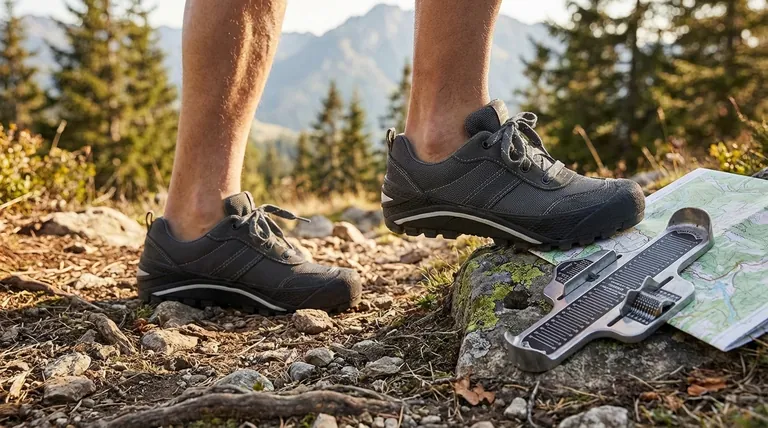
The Three Pillars of Foot Shape Analysis
To make an informed decision, you must analyze your feet across three key dimensions. Each one dictates a specific set of features you'll need in a shoe.
1. Arch Height: The Foundation of Support
Your arch is your foot's natural shock absorber. Its height determines how much support you need from your footwear.
There are three primary arch types:
- Low Arches (or Flat Feet): These feet are flexible and tend to roll inward. They require shoes with strong stability features to prevent overpronation.
- Neutral Arches: This is the biomechanically ideal foot shape. It needs a balanced shoe that offers moderate support and cushioning.
- High Arches: These feet are more rigid and don't absorb shock as well. They benefit most from shoes with significant cushioning to absorb impact.
2. Foot Width: Beyond Just Length
Standard shoe sizing focuses almost exclusively on length, yet width is equally important for a proper fit.
A shoe that is too narrow can cause blisters, bunions, and nerve pain. Conversely, a shoe that is too wide allows your foot to slide around, leading to instability, friction blisters, and a lack of support.
3. Pronation: How Your Foot Rolls
Pronation is the natural side-to-side motion of your foot as you walk or run. It's directly linked to your arch height.
- Overpronation: A significant inward roll, common with low arches. This requires stability shoes designed to limit excessive motion.
- Neutral Pronation: The foot rolls inward a healthy amount to absorb shock. Neutral shoes are the best choice.
- Supination (or Underpronation): The foot fails to roll inward enough, common with high arches. This calls for highly cushioned, flexible shoes to encourage a more natural motion.
Translating Foot Shape into Shoe Features
Once you understand your feet, you can identify the specific design elements that will work for you.
For Arch Support and Pronation Control
Look at the shoe's midsole—the layer of foam between the insole and the outer sole. A firmer midsole, sometimes with a denser section of foam on the inside edge (a "medial post"), provides stability for overpronators. A softer, more uniform midsole offers the cushioning needed for supinators.
For Proper Width
Don't try to "make do" with a standard size. Actively seek out brands known to offer wide (2E, 4E) or narrow (B) sizing options to ensure a precise fit.
For Overall Performance
The shoe's construction must match your activity. Features like reinforced toe caps and durable, wear-resistant soles are essential for rugged trail use, ensuring the shoe's support system doesn't break down prematurely.
Common Pitfalls to Avoid
Choosing the right shoe also means understanding what not to do. Being aware of these common mistakes can save you from significant discomfort.
Mistaking Cushioning for Support
A soft, plush shoe can feel comfortable in the store but may lack the structural integrity needed to support a flat foot or control overpronation over long distances. Stability and cushioning are two different things.
Ignoring Your Activity's Demands
The perfect shoe for a light day hike is not the right shoe for a multi-day backpacking trip with a heavy pack. Heavier loads and tougher terrain demand more durable construction and stiffer support to protect your feet.
Forgetting About Volume
Beyond length and width, consider the overall volume of your foot. If you have a high instep (a "tall" foot), you may need a shoe with a deeper toe box and a more forgiving lacing system to avoid pressure on the top of your foot.
Making the Right Choice for Your Feet
Use your knowledge of your foot shape to guide your selection process with a clear set of priorities.
- If you have flat feet or overpronate: Prioritize shoes with stability features like a firm midsole or medial post to prevent your arch from collapsing.
- If you have high arches or supinate: Focus on shoes with ample cushioning and flexibility to absorb impact and reduce stress on your joints.
- If your activity involves rough terrain or heavy loads: Insist on durable materials and a supportive structure that can withstand the environment without failing.
Ultimately, the best outdoor shoe is the one you don't notice, because it works in perfect harmony with your foot.
Summary Table:
| Foot Shape Feature | What It Means | Key Shoe Feature Needed |
|---|---|---|
| Low Arches (Flat Feet) | Flexible feet that tend to roll inward (overpronate) | Stability shoes with firm midsoles |
| High Arches | Rigid feet with poor shock absorption | Cushioned and flexible shoes |
| Neutral Arches | Biomechanically ideal foot shape | Balanced support and cushioning |
| Wide or Narrow Feet | Standard width doesn't provide a secure fit | Shoes with specific width options (e.g., 2E, B) |
Ready to find the perfect outdoor shoe for your unique foot shape?
As a large-scale manufacturer, 3515 produces a comprehensive range of footwear for distributors, brand owners, and bulk clients. Our production capabilities encompass all types of shoes and boots, including specialized designs for high arches, flat feet, and specific width requirements. We can help you provide the perfect fit that ensures lasting comfort and performance.
Contact us today to discuss your footwear needs and explore our manufacturing solutions.
Visual Guide
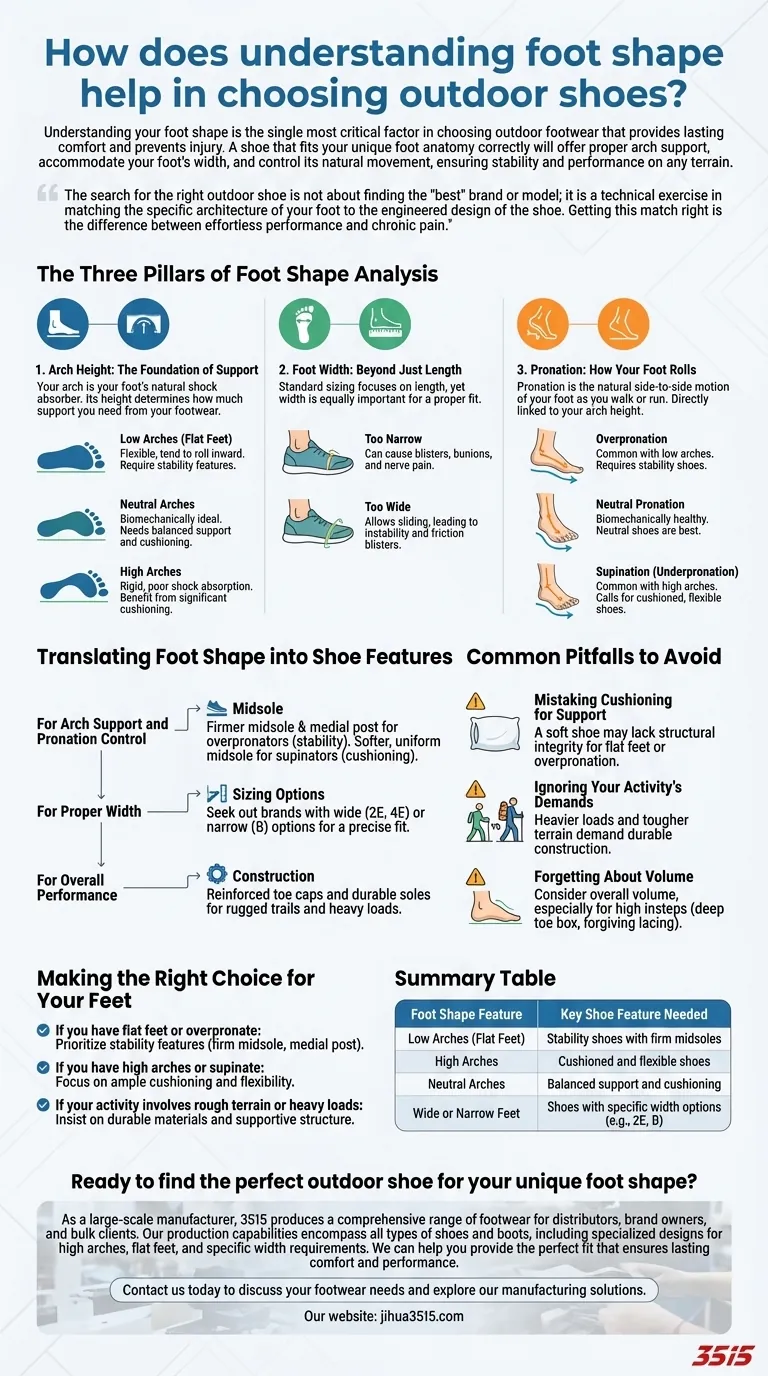
Related Products
- Durable Rubber Sole Outdoor Shoes Wholesale & Custom Manufacturing
- Safety Footwear Wholesale Manufacturer for Custom OEM/ODM Production
- Durable Waterproof Rain Boots | Custom Manufacturer for Wholesale & Brands
- Durable Rubber-Soled Utility Shoes for Wholesale & Custom Brand Manufacturing
- Advanced KPU Athletic Safety Shoe with Steel Toe Cap Anti-Slip Rotary Lacing System
People Also Ask
- How do hiking shoes or boots protect feet from environmental hazards? A Guide to Trail-Ready Footwear
- What are the characteristics of heavy-duty hiking boots? Ultimate Guide for Rugged Terrain
- Why are rubber-soled shoes considered multi-weather footwear? Unlock All-Season Traction & Protection
- What are some alternatives to hunting boots? Hiking, Rubber & Tactical Boots Explained
- What are the main applications of vulcanized rubber? Unlock Durability for Tires, Footwear & More


